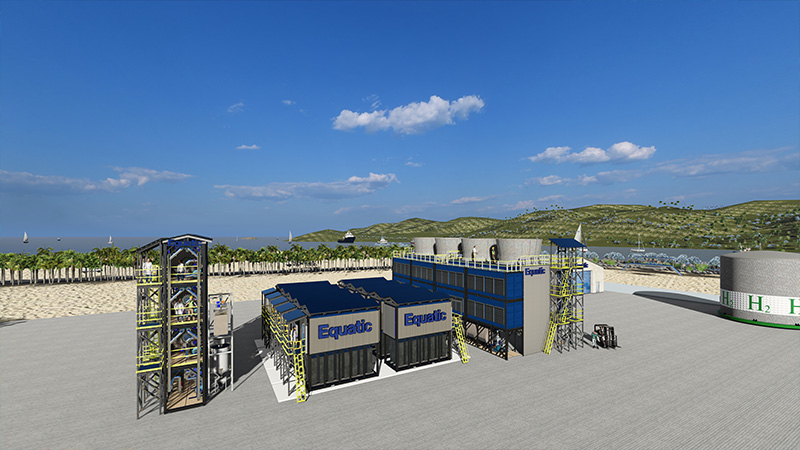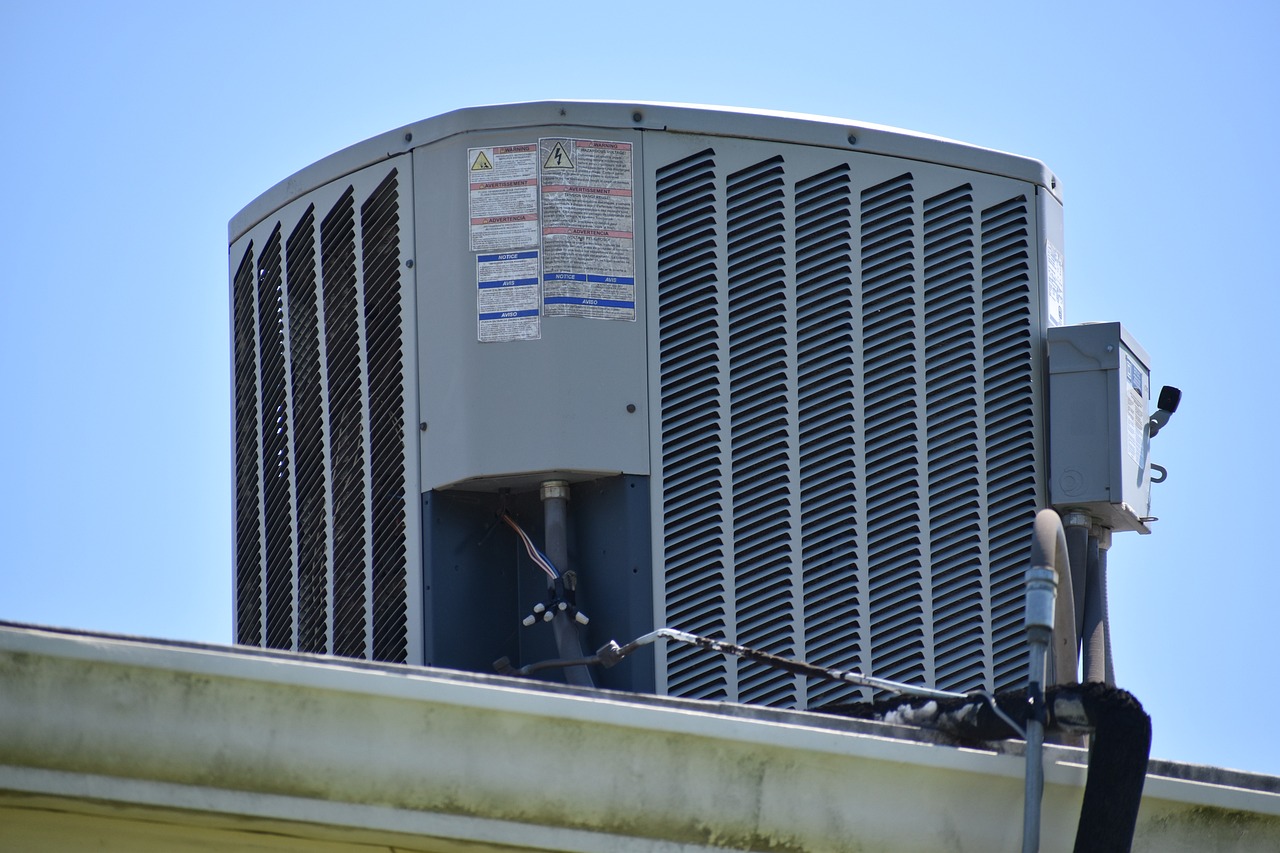UCLA, in collaboration with Singapore’s national water agency, is developing the world’s largest ocean-based carbon dioxide removal plant. The World Bank reported an average global CO2 emission of 4.3 metric tons per capita in 2020. Researchers from the UCLA Samueli School of Engineering are focusing on capturing oceanic atmospheric CO2 to reduce these emissions.
Equatic-1: Unveiling the World’s Largest Ocean-Based CO2 Removal Plant
A full-scale demonstration plant named “Equatic-1” is set to be constructed, aiming to become the world’s largest ocean-based carbon dioxide-removal facility. This plant is designed to eliminate 3,650 metric tons of carbon dioxide annually while generating 105 metric tons of carbon-negative hydrogen.
Singapore’s national water agency, PUB, is backing the project with a $20 million investment. The construction of Equatic-1 will take place at PUB’s research and development facility in Tuas, located in western Singapore, with an expected completion time of 18 months.
Sailing Towards a Greener Future:
The Equatic process utilizes electrolysis on seawater from desalination plants, breaking it into hydrogen and oxygen. It stores CO2 as solid materials for over 10,000 years, enhancing the ocean’s ability to absorb and store greenhouse gases.
Equatic-1 will be built in two phases, targeting one metric ton of CO2 removal daily by late 2024 and scaling up to 10 metric tons per day by early 2025 with 10 operational modules. The technology, proven successful in a Singapore pilot plant, could also produce around 300 kg of carbon-negative hydrogen daily.
However, it’s important to acknowledge that this technology is still in its early stages. Further research is needed to assess its long-term viability, scalability, and cost-effectiveness. Additionally, monitoring the potential environmental impact of large-scale deployment is crucial.







